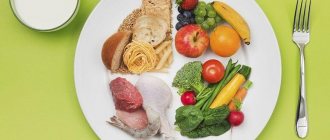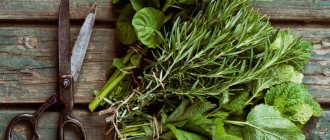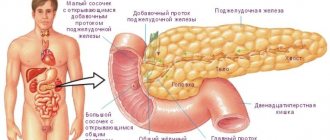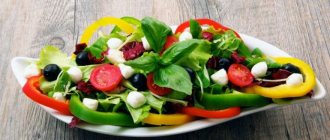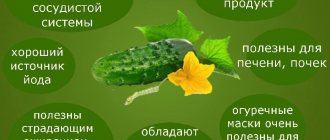Beets are one of the most common vegetables, loved by many people. A wide variety of dietary dishes are prepared from it, which are part of therapeutic diets for hematological diseases, pathologies of the gastrointestinal tract and cardiovascular system. Beetroot for pancreatitis is one of the permitted products. But in order to avoid complications, you should follow the instructions for introducing it into the diet, as well as prepare it correctly.
What are the benefits of beets?
Red beets are an unusually valuable vegetable in composition, which is a source of many useful substances necessary for the human body:
- complex carbohydrates (vegetable fiber that is quite coarse in structure),
- simple carbohydrates (glucose, sucrose, fructose and other sugars),
- polyunsaturated fatty acids,
- antioxidants, vitamins A, E, C, group B,
- oxalic and other organic acids,
- pectins,
- trace elements: iron, iodine, potassium, magnesium, cobalt, calcium, chromium, manganese and others.
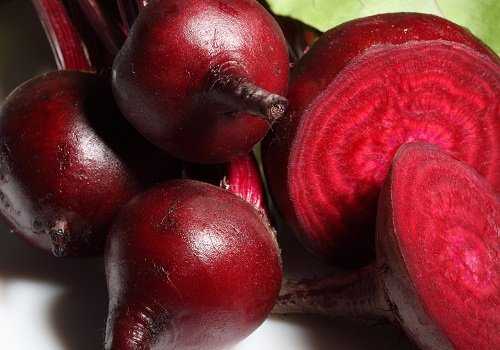
Thanks to this composition, the root vegetable has a number of positive effects on many tissues and organs:
- Strengthening intestinal motility, eliminating constipation and manifestations of dysbacteriosis.
- Choleretic effect due to increased motility of the gallbladder and its ducts.
- A diuretic effect that helps eliminate edema and eliminate toxins and metabolic products.
- Positive effect on the visual organs and the neuropsychic system.
- Normalization of hemoglobin production in anemia.
- Improving blood composition, normalizing hematopoietic processes with bone marrow.
- Anti-inflammatory effect on the tissues of the mucous membranes of the gastrointestinal tract.
- Regulation of lipid metabolism: prevents the formation of atherosclerotic plaques on the walls of blood vessels and the deposition of fats in the liver.
- Normalization of blood pressure (increase in hypotension).
- Boosting immunity.
Cooking beets
To preserve the benefits of the root vegetable and facilitate digestion in the stomach, it is necessary to adhere to some nuances of preparation.
- Before boiling the product, wash it well. The root vegetable is cooked under the lid for at least 2 hours.
- Cook the beets with the peel intact; if the root vegetable is large, you can cut it.
- It is prohibited to add acetic and citric acid or kvass to the water when cooking the product. Although many people use this method to preserve the color, in the case of pancreatitis, boiled beets with such manipulation will cause an attack.
Before eating, boiled beets are grated or crushed in a blender to avoid irritation of the gastric mucosa. You can also bake it in the oven, so it will become juicier and softer.
Eating beets for acute pancreatitis
If the disease occurs in an acute stage, diet therapy is prescribed, which involves complete abstinence from food. After 20 days, the patient requires complete replenishment of lost vitamins and microelements. To do this, low-calorie foods (vegetables) are gradually introduced to the patient with pancreatitis.
It is forbidden to eat fatty foods, since they are difficult to digest by the stomach and intestines. In addition to biologically active elements, the root vegetable contains fiber, which is difficult to digest.
When the body is completely healthy, consumed plant foods are beneficial. Beetroot promotes the flexural contraction of the colon muscles. The stomach works in a natural mode and digests consumed foods well. Although in the acute form of the disease, fresh and boiled root vegetables can cause a deterioration in well-being.
So, when consuming beets during acute pancreatitis, even a boiled vegetable can cause complications in the digestion of food products, therefore during an exacerbation of the disease, you cannot eat the product in any prepared form.
If the doctor’s recommendations are not followed, the vegetable will complicate the condition and become a factor in subsequent inflammation of the pancreas.
Beetroot and chronic pancreatitis
For the treatment of chronic pancreatitis of the gastric glands, a diet is prescribed, which is designed to be gradually introduced into the diet after the attacks of the pathology have been eliminated.
Following the rules for processing the product, for patients with chronic disease it is introduced into the diet in small quantities. Initially, it is permissible to use 1 tbsp. l. and over the course of several days the portion is increased to 100 grams.
Is it possible to have boiled beets for pancreatitis? In chronic forms of pancreatic disease, it is recommended to eat boiled product. After cooking, beets have a positive effect on the stomach.
But refrain from using vinaigrette if you have pancreatitis. Diced beets in a salad during digestion will load the gland and cause an aggravation. The effect of the product on the body of a patient with the chronic stage of pancreatitis, when taken in an available amount, is favorable.
- Intestinal adsorption occurs.
- The metabolic flow of fats is corrected.
- Pressure increases.
Stage of exacerbation of pancreatitis
At the stage of exacerbation of the inflammatory process, the patient’s nutrition is very limited. Following a strict diet is a necessary measure to restore pancreatic function. Anything that can provoke increased peristalsis of the gastrointestinal tract and increase the secretion of digestive juices is excluded from the diet.
Beets, due to the presence of a large amount of fiber, increase the motor activity of the gastrointestinal tract. Therefore, if you eat beetroot vegetable dishes during acute pancreatitis, the patient’s condition may worsen due to the development of spasms, increased gas formation in the intestines and diarrhea.
But also organic beet acids stimulate the production of gastric juice, bile, and pancreatic enzymes. This adversely affects the state of the digestive organs and is clinically manifested by increased abdominal pain, heartburn, belching, nausea and other dyspeptic symptoms.
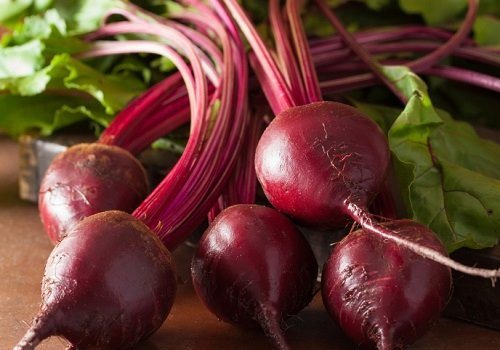
Contraindications
You cannot begin treatment with a folk remedy if there are one or more contraindications. If the patient’s diagnosis is unknown, it is advisable to undergo a full examination and consult a specialist before the procedure.
It is strictly forbidden to hold an event at home if:
- Decompensated diabetes mellitus. This vegetable contains a large amount of natural sugars. Because of this, you should be very careful when eating root vegetables.
- Peptic ulcer of the stomach and duodenum. Natural beet juice can cause serious complications and cause an exacerbation of the disease. To reduce the activity of fresh juice, you need to leave the drink in the fresh air for several hours.
- Osteoporosis and atherosclerosis. Studies have shown that eating the root vegetable can congest blood vessels. Due to the content of oxalic acid salts, the use of this vegetable for these diagnoses is allowed in strictly dosed quantities.
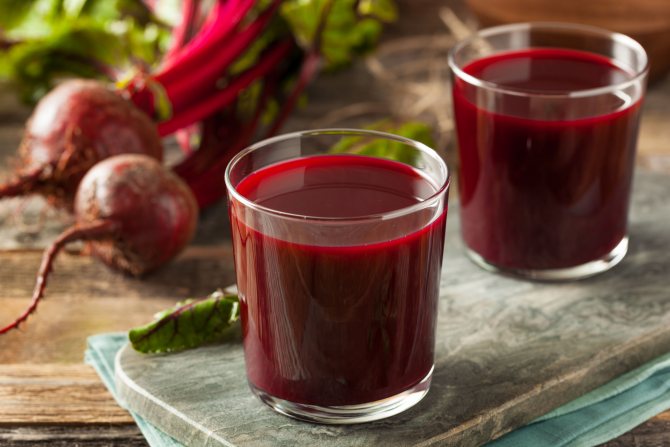
Contraindications also include:
- pregnancy and breastfeeding period.
- age under 18 years;
- previously suffered viral hepatitis.
The vegetable should not be included in the diet of people who have an allergic reaction to the fruit itself or the components in its composition. Treatment of patients with organic brain lesions without medical supervision is strictly prohibited.
How to eat beets for pancreatitis?
The main rules for consuming this root vegetable for pancreatitis are a reasonable amount of the product and a method of preparing the vegetable that is safe for the pancreas.
To make a healthy, tasty dish from beets, it must be heat-treated, because the raw vegetable contains too much coarse fiber, which causes increased intestinal motility, exacerbation of any disease of the digestive system, including cholecystitis, pancreatitis and gastritis. Beets should be boiled, baked, stewed, steamed. Heat treatment makes it soft, and in this form the root vegetable is well digested and all the beneficial substances are absorbed.
The first beetroot dish that a patient can eat (about a month after the attack, when the symptoms of exacerbation of pancreatitis subside) is a puree of well-cooked, carefully chopped beets. For the first time, they try to eat no more than 1 spoon of such puree, after which they monitor the patient’s well-being for about a day. If you feel well, the portion of beets is gradually increased to 100 g per day. If complaints of abdominal pain, increased gas formation, and diarrhea arise again, then this vegetable should be excluded from the diet for a longer period.
Indications for cleaning
For the purpose of prevention, liver cleansing with beet broth or juice is recommended to be carried out no more than once a year.
The decoction is used for quick one-time cleaning lasting 1-2 days. Juice therapy gives positive results with longer use. Traditional healers recommend taking the juice for at least two weeks. Kvass can be drunk at any time - both during cleansing and instead of other drinks.
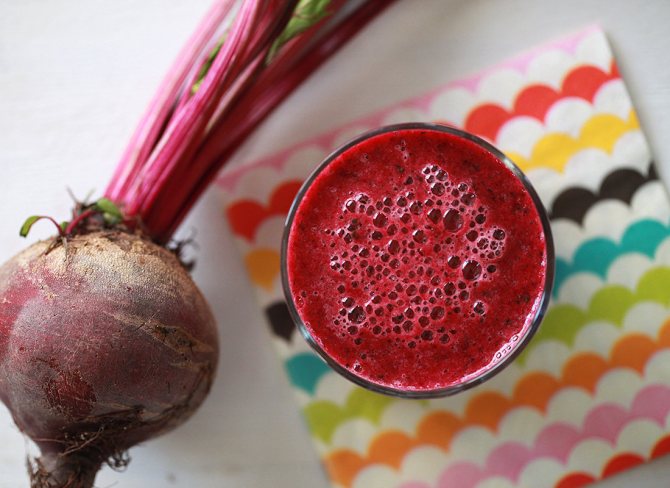
Beets can be used not only for detoxification, but also to keep the body in working shape. For the normal functioning of all body systems, it is advisable to include vegetables in the daily diet.
The root vegetable is useful both raw and cooked. It can be added to drinks and soups, and prepared into salads and snacks.
A few simple recipes
When a long-term stable remission of a disease of the pancreas, stomach or gall bladder is achieved, beets should become one of the regular products on the menu. You can use it to prepare a variety of delicious dishes using simple recipes.
Beets baked in oil
To prepare this dish, choose 3-4 small-sized vegetables. Steps to prepare beets baked in oil:
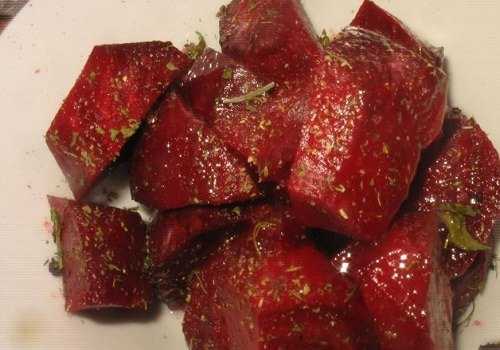
You can add other baking vegetables to the beets: carrots, cauliflower, zucchini. Baked beets are peeled, cut into small pieces or grated and used as a side dish for lean meat, poultry, fish, and also eaten as an independent dish for lunch and dinner.
Vegetarian beetroot soup
Vegetable soup is a very healthy and tasty dish. To prepare it you will need 3 medium-sized beets, carrots, onions, tomatoes - 2 pieces each. The recipe for vegetarian beet soup is quite simple:
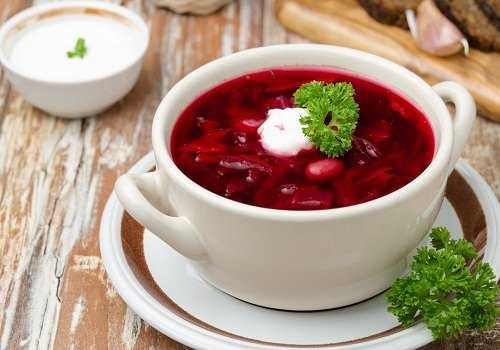
This dish is often served for lunch. You can add a spoonful of low-fat sour cream to it.
According to some recipes, it is recommended to add canned beans to beetroot soup, but this is not recommended for pancreatitis. Beans themselves are not included in the list of permitted products for acute and chronic diseases of the pancreas, and for their preservation many harmful substances are used that negatively affect all organs of the digestive system: flavorings, preservatives, taste enhancers.
Boiled beets for pancreatitis
The most common and simplest method of heat treatment of food is cooking. But so that beets do not lose their qualities and bring as much benefit to humans as possible, they must be boiled and prepared correctly:
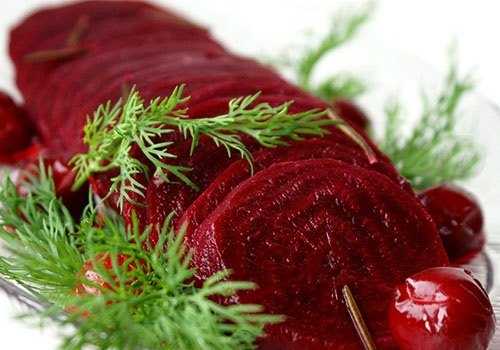
Boiled beets are peeled and then they need to be chopped: using a meat grinder, blender or grater. The smaller the pieces of boiled vegetable in a dish, the more benefits it will bring to a person suffering from pancreatitis.
Recipes for liver cleansing with beets
Decoction
The easiest and fastest way to clean at home is to prepare a decoction. The drink is prepared in advance, preferably a day in advance. To cleanse the liver of waste and toxins, you need to take the decoction 4 times a day, 150-200 ml before meals. The recommended course is 1-2 days. You can repeat after a break of 2-3 weeks.
Prepare an enamel pan and wash the root vegetable well. Vegetables should be bright red burgundy in color with thin skin.
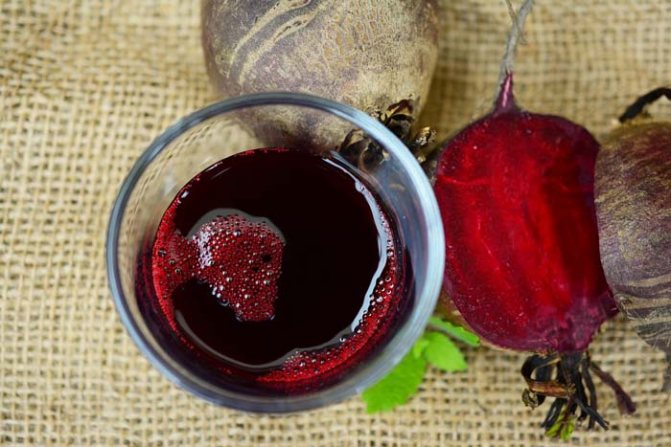
Required ingredients:
- beets - 1 pc. medium size;
- water - 3 liters.
Cooking method:
- Peel small beets (weighing no more than 250 grams) and rinse well in running water.
- Place the vegetable in a saucepan and cover with cold water. Bring the broth to a boil over high heat, then cover the pan with a lid and reduce the heat to low.
- Brew the drink for an hour until its quantity is reduced to a liter.
- Remove the beets and grate them on a fine grater, then put the resulting pulp back into the broth. Cook for another 20 minutes, then remove from heat and cool.
Beet kvass
Traditional medicine very often uses root vegetables to treat various diseases. Kvass is a natural drink that is prepared not only from cereals and cereals, but also from vegetables.
Beet kvass effectively cleanses blood vessels and liver tissue, promotes their regeneration and restoration.
Cooking method:
- Prepare a glass jar or enamel container with a capacity of at least three liters.
- Rinse 3 medium-sized root vegetables well and, if the beet is young, cut into small pieces without peeling.
- Place the vegetable in a jar and cover it with 2 cups of sugar. You can replace half the granulated sugar with natural honey. Add 1-2 tablespoons of white wheat flour and fill the contents of the jar with cold water.
- Close the container tightly with a lid and place it in a dark place (at room temperature). Shake the contents of the jar several times daily to ensure the mixture is well mixed.
- After two days, add another 750 grams of granulated sugar, 0.5 l. light unwashed raisins and 100 ml of water. Let the kvass brew for another week.
- The finished drink should be filtered through several layers of gauze and poured into a clean container. During cleaning, kvass should be stored in a cool place.


